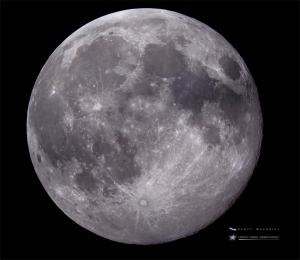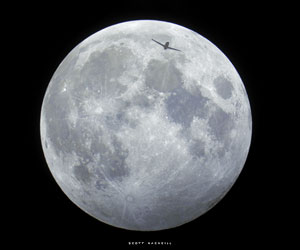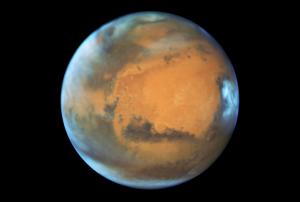
Stargazing Night
- Where:
- Frosty Drew Observatory
- When:
- Friday May 20, 2016 at 8:30 p.m.
- Cost:
- $1 Suggested Donation per Person
Tonight is Stargazing Night at Frosty Drew Observatory and we can actually expect OK viewing conditions. The forecast is calling for clear skies with increasing clouds overnight. We should be in the clear until near midnight as far as clouds go. Unfortunately the near full Moon will be with us all night long making it near impossible to view the fabulous Milky Way over Frosty Drew Observatory, which really kicks in this time of the year. Regardless, Jupiter, Mars, and Saturn will be visible and of course the Moon. Views will certainly be had tonight!
We will open the Observatory and Sky Theatre at 8:30 tonight. In the Observatory, telescopes will start off with twilight views of the Moon and Jupiter. Around 9:30 we will begin catching views of Mars, which is in total awesome mode, followed by views of Saturn a bit later. The Sky Theatre will be open and featuring a showcase of celestial objects and events photographed at Frosty Drew Observatory. We will stay on site until at least midnight, later if clouds stay out.
Overall, tonight is a great night because we actually have skies clear enough to take a peek! Normally tonight's near full Moon would kick us out early, but with Mars creeping in on opposition this Sunday, setting us up for stunning views of the Martian surface, with Saturn rising close behind, we will probably stick around until the clouds give us the boot. Check in on our Twitter (@FrostyDrewOBSY) or Facebook for updates from the Observatory. We always post a “Closing up” update when we decide to pack it in. So gear up and get our under that crazy bright moonlight and celebrate clearer skies and the approach of Mars tonight at Frosty Drew Observatory and make your inner geek a happy geek!
-------------------------------------------------------------------------
Weekly Happenings
Scott MacNeill
Tomorrow night, Saturday, May 21st, a Blue Moon will occur. The Blue Moon, though not blue in color, is defined by a couple different occurrences that have popped up over the years. The commonly known definition of a Blue Moon is the second full Moon in the same month, which is the latest definition of a Blue Moon. Though the older definition is what the Farmer's Almanac uses and defines the Blue Moon as the third full Moon of four full lunar phases in a season. Tomorrow's Blue Moon is the third full Moon of four this spring. Like all full Moons the Moon will rise at sunset and set at sunrise crossing the meridian (the imaginary line that separates the eastern and western sky) at midnight. Since Mars reaches opposition on Sunday, May 22nd, which is when Mars is on the opposite side of Earth than the Sun and rises at sunset and sets and sunrise, the Blue Moon and Mars will be about 5° apart in the night sky. Though the Moon will not appear blue, Mars will certainly appear reddish and quite bright. If you have clear skies, be sure to get out and catch the Blue Moon tomorrow night!
This Sunday, May 22nd, Mars will come into opposition, shining brightly all night long. During opposition, an outer planet, as related to the Earth, will arrive at the point in its orbit when it is on the opposite side of Earth than the Sun. This will result in Mars rising at sunset and setting at sunrise, crossing the meridian at midnight. Opposition is usually a planet's closest approach to the Earth, but not for Mars. Due to the very eccentric orbit of Mars, which is far from a perfect circle, Mars will not arrive at its closest point to Earth until May 30th. Oppositions are the best times to view an outer planet, and Mars especially as we will not see another opposition of Mars until July 2018 due to Mars' 687 Earth day orbit. Views of Mars start to rock a couple weeks before opposition and will continue to rock well into late June, with the best views happening in the next couple weeks. Read up on the Mars Opposition then get out there and catch mind blowing views of the fourth planet from the Sun, a planet that may have previously looked much like Earth.
-Scott


